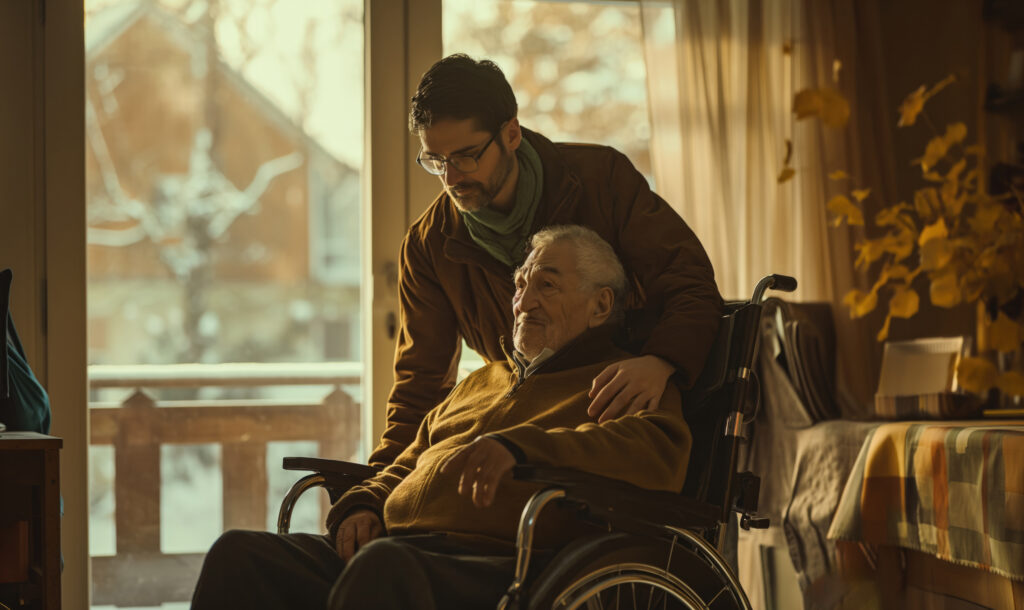Nursing homes are often seen through a lens of necessity rather than choice, conjuring images of sterile environments and a loss of independence. However, many residents find happiness and fulfillment in these communities. This blog aims to shed light on the positive aspects of living in a nursing home while also addressing the critical need to protect patients from potential harm.

The Joys of Living in a Nursing Home
Community and Socialization
One of the most significant benefits of living in a nursing home is the opportunity for social interaction. Many seniors experience loneliness and isolation when living alone, which can lead to depression and a decline in physical health. Nursing homes provide a built-in community where residents can form friendships and engage in social activities.
Access to Healthcare
Nursing homes provide residents with access to round-the-clock medical care and assistance with daily activities. This ensures that their health needs are consistently met, and emergencies can be quickly addressed. The presence of trained medical staff offers peace of mind to both residents and their families.
Safety and Security
For many seniors, living alone can pose significant risks, such as falls or other accidents. Nursing homes are designed to be safe environments, with features like handrails, emergency call systems, and staff available to assist at any time. This reduces the risk of injury and provides a secure living situation for residents.
Structured Environment
Nursing homes offer a structured environment that can be particularly beneficial for individuals with cognitive impairments, such as dementia. Regular routines and familiar surroundings help reduce confusion and anxiety, creating a more stable and comforting environment.
Opportunities for Activities and Learning
Nursing homes often provide a variety of activities and learning opportunities tailored to the interests and abilities of their residents. From art classes and gardening to fitness programs and music therapy, these activities can greatly enhance the residents’ quality of life.

Protecting Patients in Nursing Homes
While nursing homes offer numerous benefits, it is essential to ensure that residents are protected from potential abuse and neglect. Here are key strategies to safeguard the well-being of nursing home residents.
Recognizing Signs of Abuse and Neglect
Abuse and neglect in nursing homes can take many forms, including physical, emotional, financial, and sexual abuse, as well as neglect. Recognizing the signs is crucial for early intervention.
Physical Indicators
- Unexplained bruises, cuts, or fractures
- Sudden weight loss or signs of malnutrition
- Poor hygiene or bedsores
Behavioral Changes
- Withdrawal or depression
- Fearfulness or anxiety
- Changes in behavior, such as aggression or agitation
Financial Red Flags
- Unexplained withdrawals from bank accounts
- Missing personal belongings
- Sudden changes in financial documents

Best Practice: Person-Centered Care
Person-centered care is an approach that emphasizes the individuality of each resident. It involves tailoring care plans to meet the unique needs, preferences, and interests of each person. This approach has been shown to improve residents’ quality of life and satisfaction with care.
Best Practice: Staff Training and Support
Providing comprehensive training and ongoing support for staff is crucial for ensuring high-quality care. Facilities that invest in staff development, such as Fairview Nursing Home in California, report lower turnover rates and higher resident satisfaction. Staff at Fairview receive training in areas like dementia care, communication skills, and conflict resolution.
Best Practice: Family Involvement
Encouraging family involvement can enhance the well-being of residents. At Sunshine Nursing Home in Florida, families are invited to participate in care planning meetings, social events, and volunteer opportunities. This inclusive approach helps maintain strong family bonds and ensures that residents feel supported.
Conclusion
Nursing homes can offer a happy and fulfilling living environment for seniors, providing community, healthcare, safety, and a structured lifestyle. While it is essential to recognize and address the potential for abuse and neglect, many nursing homes excel in creating vibrant, supportive communities for their residents. By conducting thorough research, maintaining regular communication, and advocating for stronger protections, we can ensure that nursing home residents live with dignity, respect, and happiness. Through these efforts, we can unveil the true potential of nursing homes as places of joy and well-being for our elderly loved ones.